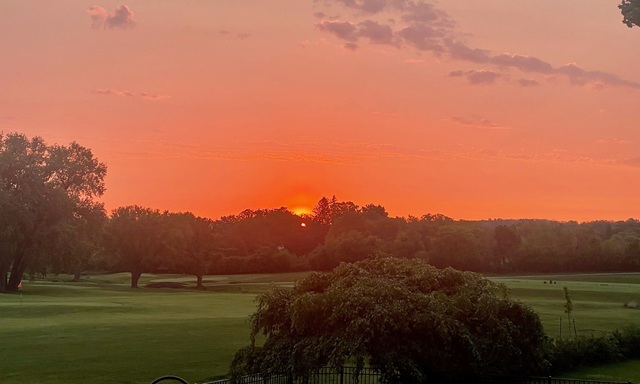LIVING HERE
Smokey haze has become the norm for Wisconsin.
Northwest winds and a high-pressure system in the upper Midwest have been pushing the smoke south into Wisconsin. Canada has been experiencing shorter winters and less precipitation, creating the ideal conditions for wildfires to start and spread. Right now, Canada is in the midst of its second-worst wildfire season on record, trailing only behind 2023.
That summer, Wisconsin had 21 days of air quality impacted by wildfire smoke, according to data from the DNR. The Canadian Interagency Forest Fire Centre says 7.5 million hectares have already burned in 2025, surpassing the 10-year average and reinforcing warnings that wildfire seasons are growing longer, more destructive, and less predictable. Latest figures released Monday by the province’s wildfire service show 78 active wildfires, four being classified as out of control. Over the past two months, the DNR has issued multiple air quality alerts on days the Air Quality Index, or AQI, exceeds 100 for more than four hours. That signifies the orange level, which is considered “unhealthy for sensitive groups.”
Many communities in Wisconsin have seen multiple days when the AQI exceeds 150, or the red level, which is labeled “unhealthy for everyone.” Last month, two Republican representatives from Wisconsin signed onto a letter to Canadian Ambassador Kirsten Hillman, urging Canada to do more to prevent wildfires.
Place of the Week

Emagine Movie Theatre is the perfect place for family night or date night with $5 movies and free popcorn on Tuesdays for rewards members.









